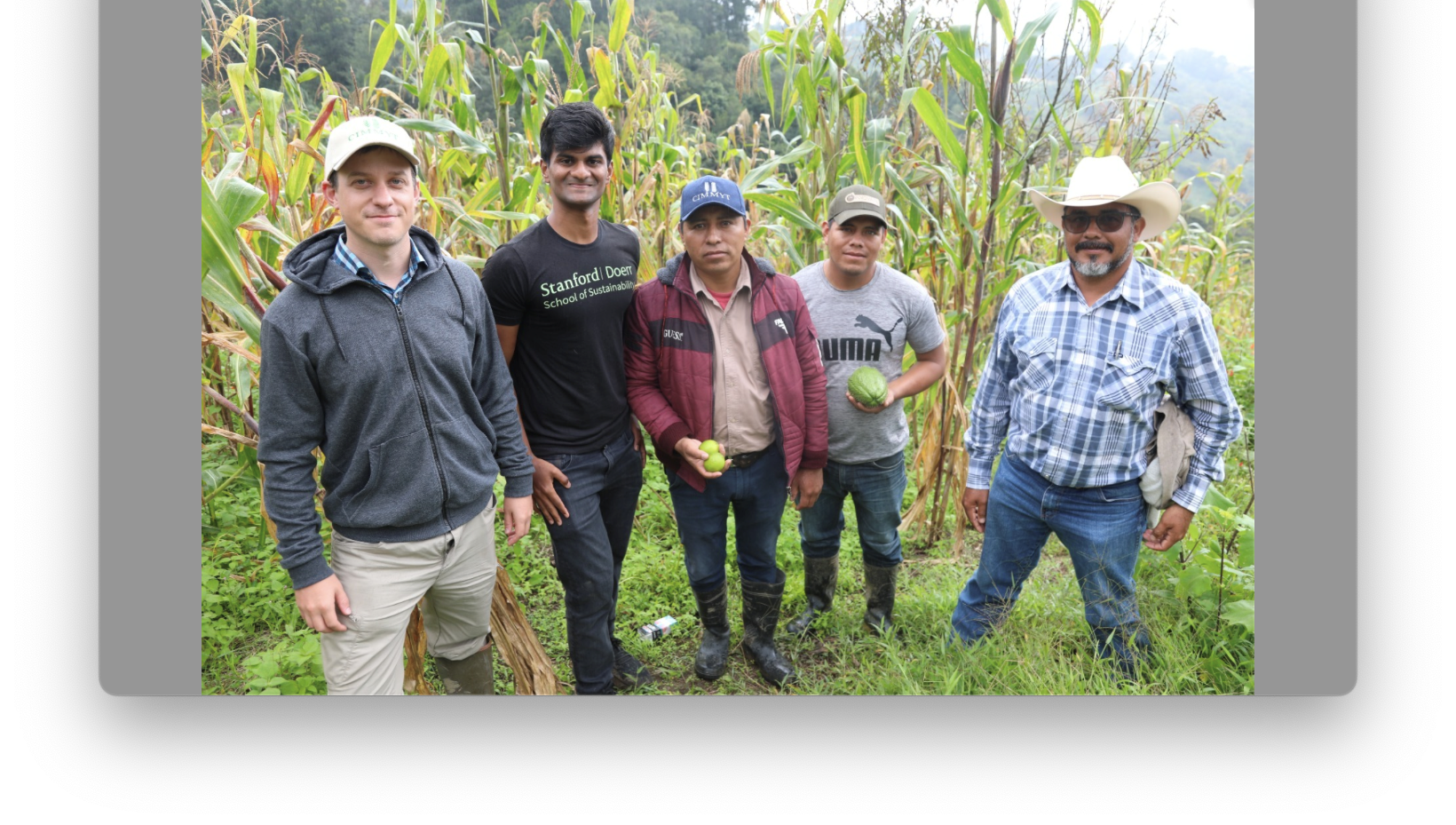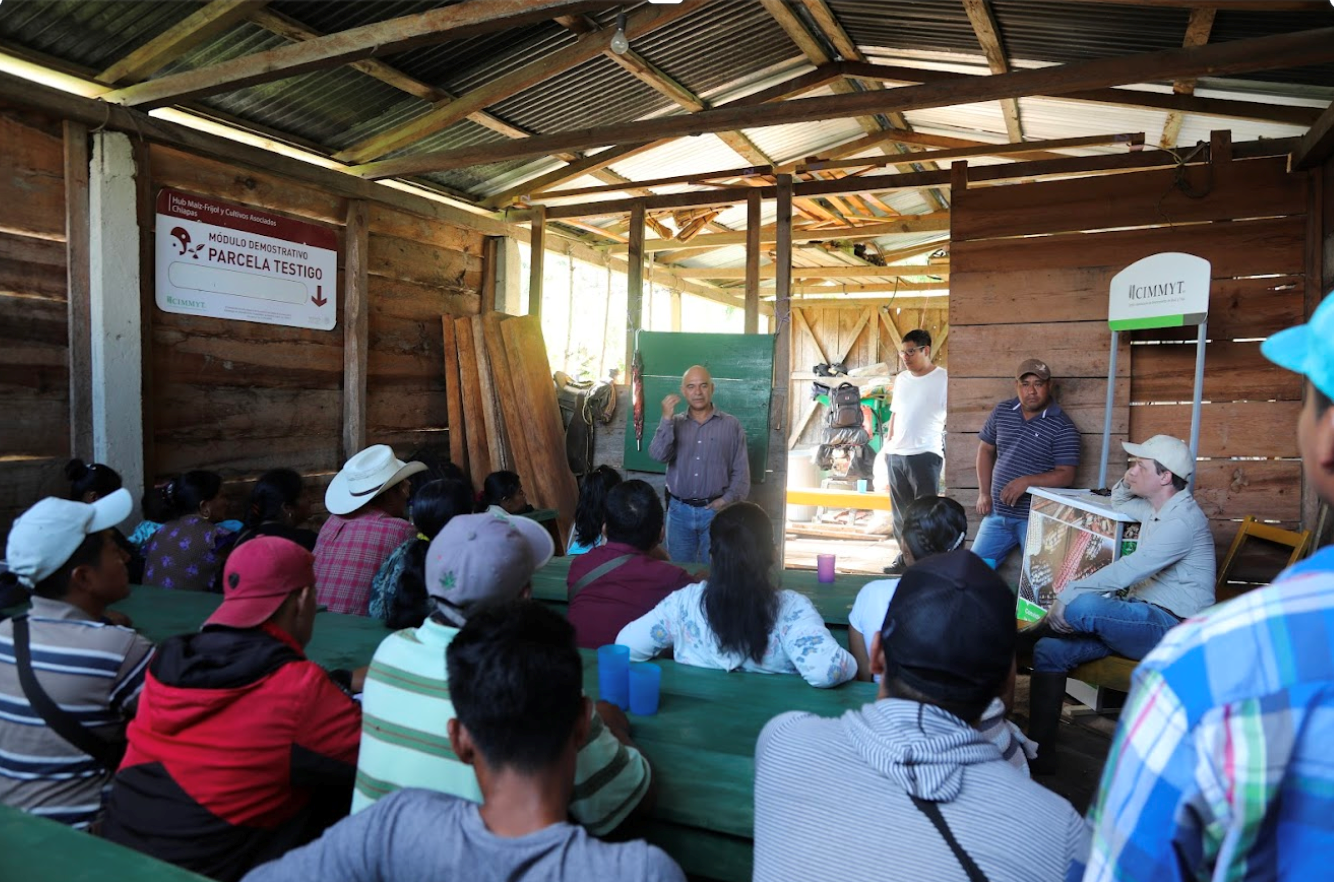James Kanoff – Terradot

James Kanoff, a Symbolic Systems B.S. Stanford University student, had always been drawn to solving critical problems. He had heard about the sought after “Hacking for Defense (H4D)” course on campus and was captivated by the idea of using the Lean Launchpad methodology to tackle real-world challenges. In the spring of 2022, he learned that a climate-focused version of the H4D course, “Hacking for Climate and Sustainability (H4CS)” (now known as Innovation for Impact™ under NobleReach), was being offered. His background in climate initiatives and his already strong belief in the Lean LaunchPad approach made this course a perfect fit.
Teaming up with Sasankh Munukutla, BS, MS Computer Science, James embarked on the challenging journey of addressing soil carbon sequestration. Initially, they knew they wanted to contribute to carbon removal through enhanced rock weathering (ERW), a method of soil carbon sequestration James had been researching before taking H4CS. They quickly realized that measuring, reporting, and verifying (MRV) the carbon sequestered in the soil was a critical component of the puzzle.
Through their rigorous customer discovery, James and Sasankh narrowed in on two primary stakeholders: project developers (farmers, mine owners, & agronomist groups) capable of generating carbon removal through ERW projects and private entities willing to pay for carbon removal to meet net-zero goals.

One assumption they heard during their interviews was that farmers and developers were not interested in learning new farming processes and were “hesitant to deviate from trusted processes because of the operational and financial risk it poses.” After finding a project developer interested in working with them, they put together a Facebook ad campaign targeting farmers in Mexico, and that assumption was quickly disproven after they received hundreds of WhatsApp messages from farmers. They knew the most important thing here was to have the highest quality MRV system, to ensure that when someone claims they remove carbon, it is verifiable. “If you can measure it, we will pay for it,” James said, summarizing his customer discovery to Terradot’s potential clientele.
All their hard work culminated in receiving a grant from the TomKat Center for Innovation Transfer. This funding allowed them to travel to Mexico to implement their very first project. There in Chiapas, Mexico, they collaborated with local developers and farmers to implement ERW and test their MRV prototype. They ended up enrolling 100 farmers across 250 hectares and recorded three to five tons CO2 equivalents in GHG removal and reductions per hectare.
Post course, the team incorporated into a start-up and successfully raised a pre-seed round to get them off the ground. The team is preparing to raise another round of funding to expand their operations and hire additional staff. Reflecting on the Innovation for Impact methodology and its influence on Terradot, James notes that
It’s just the way we operate. It’s in the DNA of our company. We use the [Innovation for Impact] approach in most things we do now.
James highly recommends the course to entrepreneurial students passionate about solving significant problems.